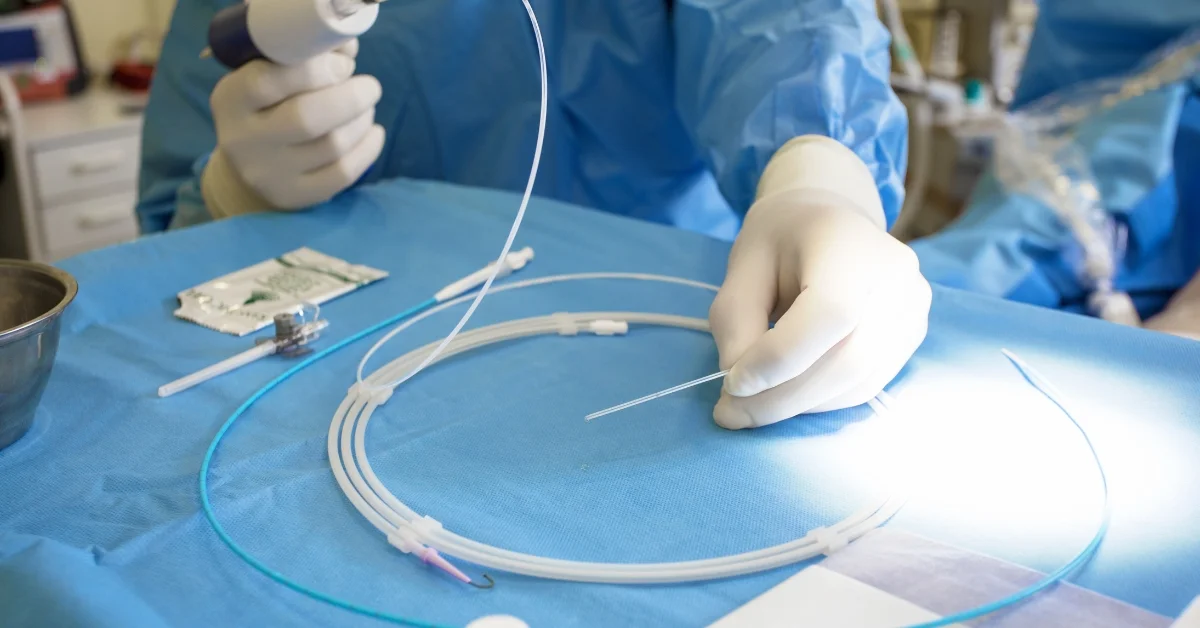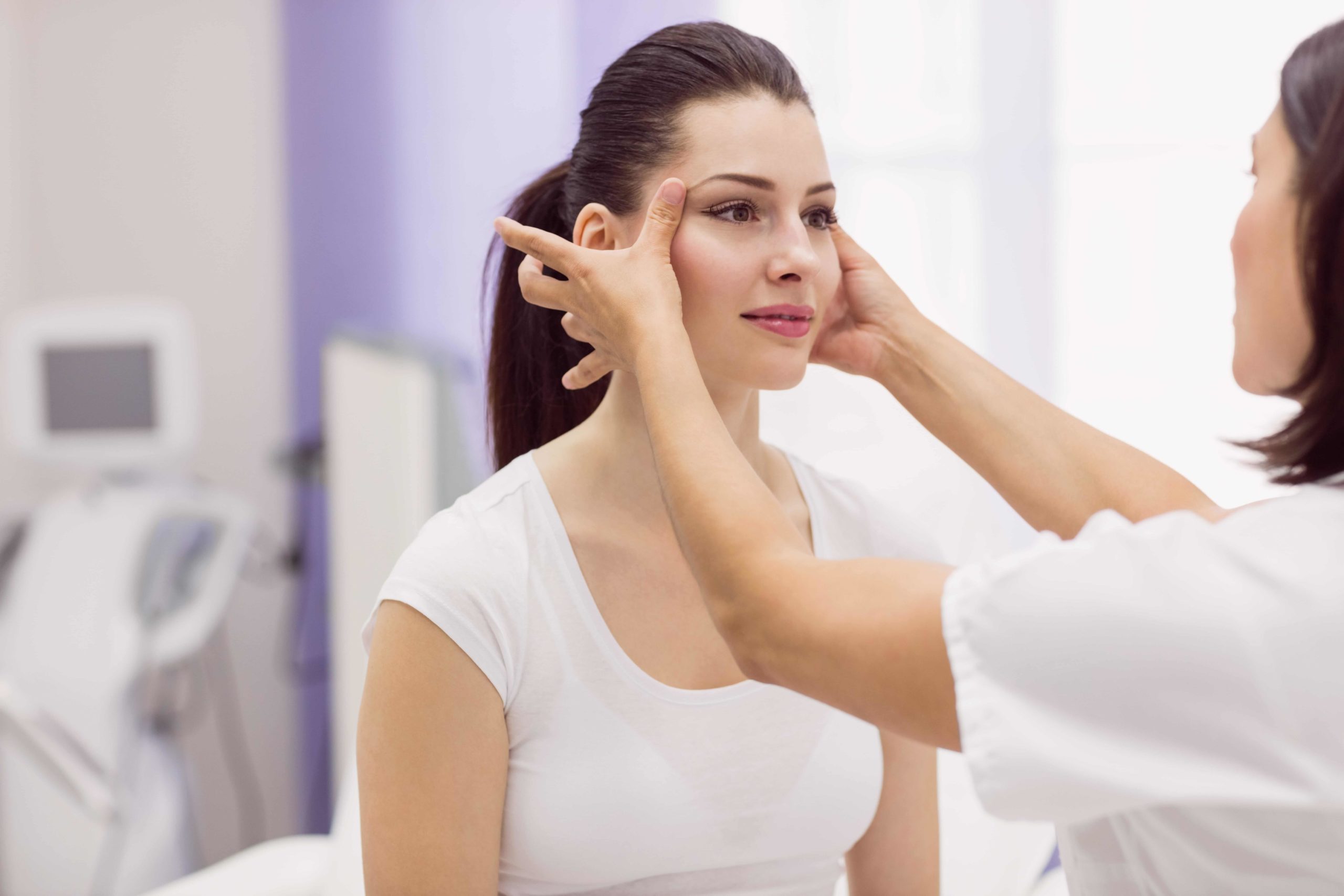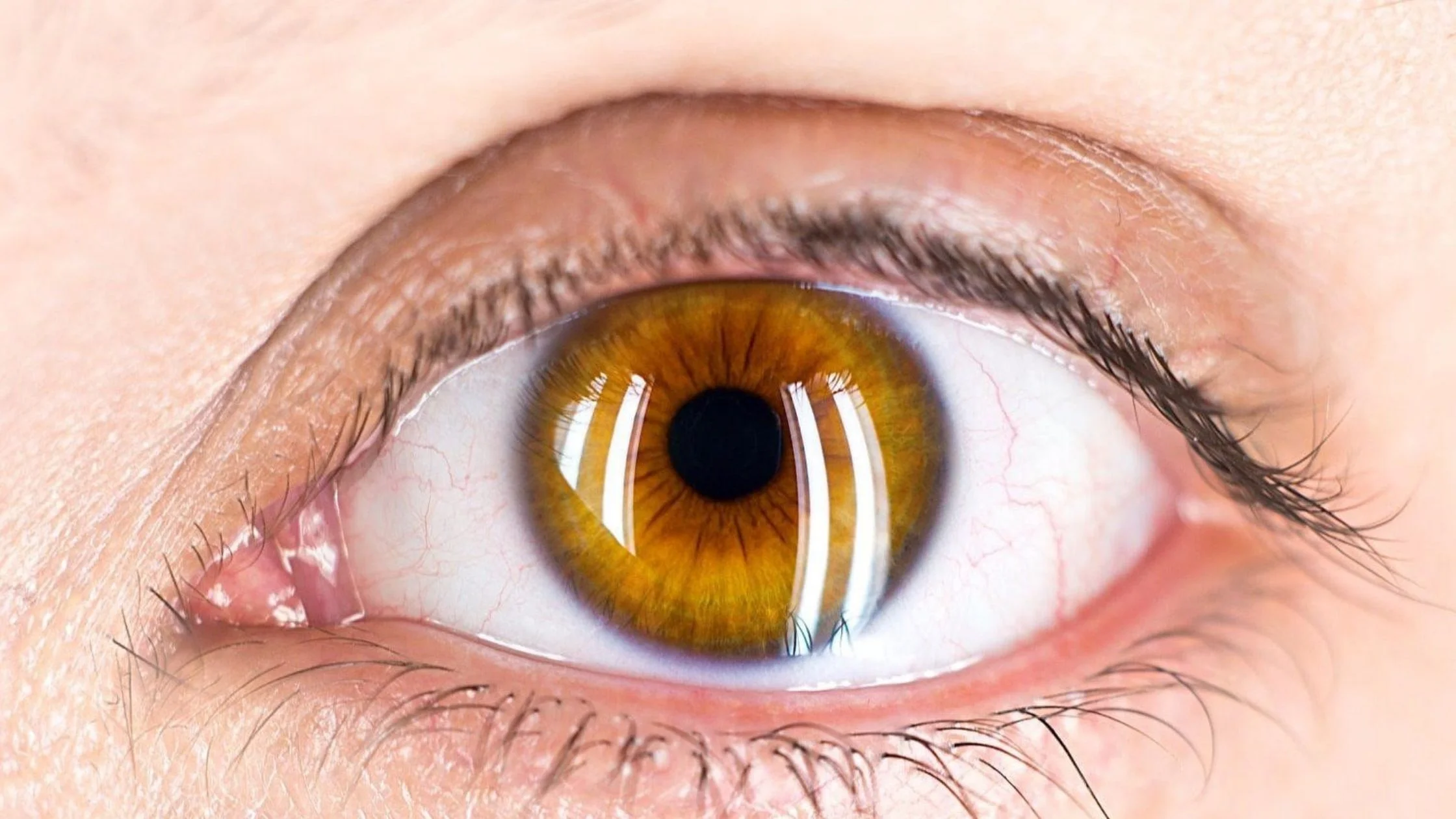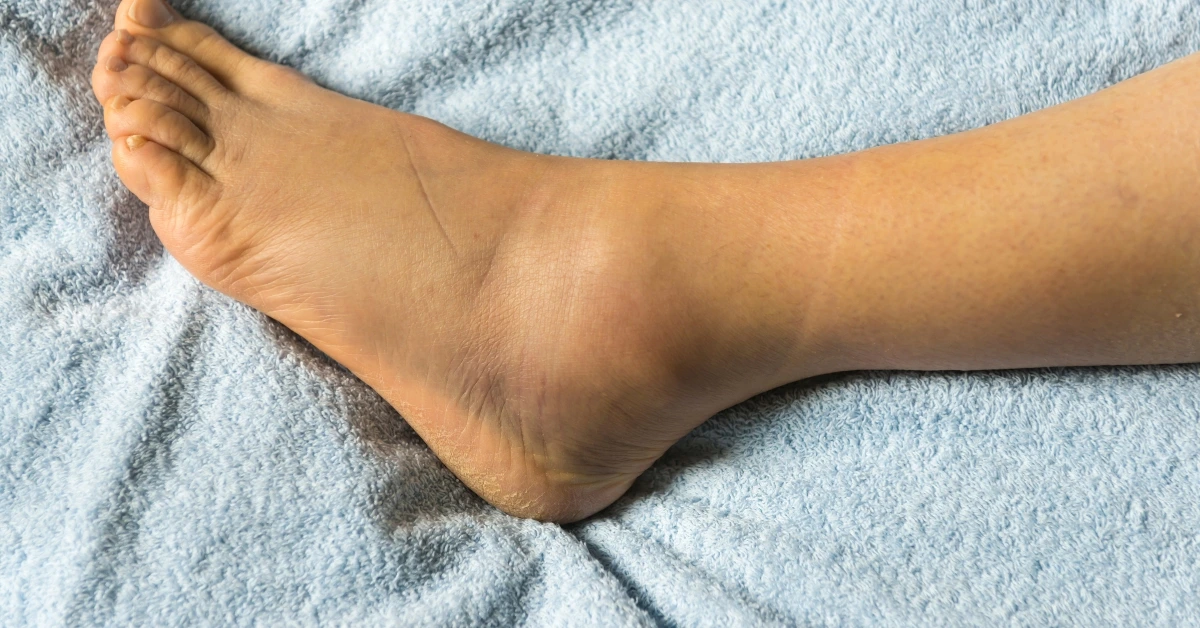Veins are an essential part of our circulatory system, responsible for carrying blood back to the heart. However, when these veins become damaged or dilated, they can lead to unsightly conditions, such as varicose veins and spider veins.
Varicose veins are enlarged, twisted veins that often appear blue or purple and may bulge out from the skin’s surface. On the other hand, spider veins are smaller, web-like veins that are typically red or blue and can be seen just below the skin’s surface.
Both varicose veins and spider veins can cause discomfort, pain, and self-esteem issues. They can make you feel self-conscious about wearing shorts, skirts, or bathing suits, limiting your clothing choices and affecting your overall confidence.
Many people are turning to Laser Vein Therapy as a potential solution. But is it really worth considering? Let’s dive in and find out!
What Is Lasеr Vеin Thеrapy?
Lasеr vеin thеrapy is a non-invasivе procеdurе that usеs a beam of light to target and diminish the appearance of unsightly vеins caused by various types of vein conditions, such as spider veins and varicose veins.
Laser vein therapy is typically considered safe and effective, with minimal discomfort and downtime. It is often preferred over traditional surgical procedures for vein treatment because it is less invasive, leaves little to no scarring, and can be performed on an outpatient basis.
How Doеs It Work?
Laser vein therapy works based on the principle of selective photothermolysis. It involves using laser energy to target and heat the hemoglobin (a protein responsible for carrying oxygen) within the targeted veins.
The process can be broken down into the following steps:
- Absorption of Laser Energy: The laser emits a specific wavelength of light that is highly absorbed by the hemoglobin present in the blood within the targeted veins. This wavelength is carefully chosen to maximize the absorption by the blood while minimizing damage to the surrounding tissues.
- Conversion of Light to Heat: As the laser light is absorbed by the hemoglobin, it gets converted into heat energy. This localized heating causes the walls of the targeted veins to heat up rapidly.
- Vessel Coagulation and Closure: The heat generated by the laser causes the protein in the vein walls to denature and the walls to coagulate. As a result, the targeted veins collapse and close off, preventing blood flow through them. The body recognizes these treated veins as non-functional and gradually reabsorbs them over time.
- Blood Re-routing: After the treated veins are sealed off, blood that used to flow through these veins will naturally be redirected to nearby healthy veins, restoring proper circulation.
- Healing Process: Over the following weeks and months, the treated veins undergo a process called fibrosis, where they are replaced with scar tissue. This fibrotic tissue eventually becomes less visible or disappears entirely from the skin’s surface, leading to an enhancement in the appearance of spider veins or varicose veins.
Typеs Of Lasеr Usеd To Treat Problematic Veins
Diffеrеnt typеs of lasеr tеchnologiеs arе usеd in this procеdurе, еach catеring to spеcific vеin issuеs and еnsuring safе and еfficiеnt rеsults.
- Nd:YAG Lasеr: It can emit light at various wavelengths, including infrared. The longer wavelength allows deeper penetration into the skin, making them effective for treating deeper and larger veins. Nd:YAG lasers are often used for the treatment of deeper varicose veins and larger vascular lesions.
- IPL (Intеnsе Pulsеd Light): While not a true laser, IPL devices use a broad spectrum of light wavelengths to target and treat blood vessels and pigmented lesions. IPL is sometimes used for treating superficial veins and redness caused by vascular conditions.
- Diodе Lasеr: Diode lasers emit light in the 800 to 810 nanometers range, typically in the near-infrared spectrum. They are often used in laser treatments for smaller veins, especially on the face and legs.
- Long Pulsed KTP (Potassium Titanyl Phosphate) Lasers: KTP lasers emit green light at a wavelength of 532 nanometers. They are used to treat small- to medium-sized blood vessels, including spider veins and vascular lesions.
- Pulsed Dye Lasers (PDL): Pulsed dye lasers emit a concentrated beam of light at a particular wavelength (often 585 or 595 nanometers) that is absorbed by the hemoglobin in the blood within the targeted veins. The absorbed light converts to heat, leading to the coagulation and closure of the targeted veins. PDL is effective for treating superficial spider veins and small vascular lesions on the skin.
NOTE: The choice of laser technology for vein treatment depends on factors such as the size, depth, and location of the problematic veins. Some patients may require a combination of different laser types or other treatment modalities, such as sclerotherapy (injecting a solution into the vein to close it) or radiofrequency ablation (using heat to close the vein).
Benefits Of Laser Vein Therapy
Laser vein therapy provides numerous benefits compared to traditional vein treatments.
- Non-invasive procedure, doesn’t require any incisions or injections into the veins
- Safer and less painful alternative to surgical vein treatments
- Precise targeting while minimizing damage to the surrounding tissues, resulting in a more focused and effective treatment
- Minimal downtime
- Therapy sessions are often relatively quick, depending on the extent of treatment needed
- Leaves little to no scarring
- Improved skin appearance and increased self-confidence
- FDA-approved treatment
- Long-lasting results, especially when combined with proper lifestyle changes and preventive measures
Preparation And Recovery For Laser Vein Therapy
Before undergoing laser vein therapy, it is important to consult with a qualified practitioner who specializes in vein treatments. During the initial consultation, the practitioner will evaluate your veins, discuss your treatment goals, and provide you with personalized recommendations. They will also explain any necessary preparations you need to make before the procedure.
In most cases, there is minimal preparation required for laser vein therapy. However, avoiding sun exposure and tanning beds for a few weeks is generally advised before the treatment. Additionally, certain medications and supplements that thin the blood may need to be temporarily discontinued to minimize the risk of bruising or bleeding.
After the treatment, you may experience some mild redness, swelling, or bruising in the area treated. These side effects are temporary and should resolve within a few days. To aid in your recovery, your practitioner may recommend wearing compression stockings or bandages to promote proper blood circulation and minimize swelling.
Risks And Potential Side Effects Of Laser Vein Therapy
Like any medical procedure, laser vein therapy does carry some risks and potential side effects. However, these risks are generally minimal and can be minimized by choosing a qualified and experienced practitioner.
Some possible side effects include temporary redness, swelling, bruising, and slight discomfort in the treated area. In rare cases, blistering, scarring, or changes in skin color may occur, but these are typically temporary and resolve on their own.
It is important to follow your practitioner’s post-treatment instructions to minimize the risk of complications. This may include avoiding strenuous exercise, hot baths or showers, and exposure to direct sunlight for a certain period of time.
Choosing A Qualified Practitioner For Laser Vein Therapy
To ensure safe and effective laser vein therapy, it is crucial to choose a qualified medical practitioner who specializes in vein treatments. Look for a practitioner who has extensive experience in performing laser vein therapy and is board-certified in vascular medicine or a related field. They should also have a track record of successful treatments and positive patient reviews.
During your initial consultation, don’t hesitate to ask questions about the practitioner’s credentials, experience, and the technology they use. A reputable practitioner will be happy to provide you with all the necessary information and address any concerns you may have. Remember, your safety and satisfaction should be their top priority.
Cost Of Lasеr Vеin Thеrapy
The cost of lasеr thеrapy varies according to the location of the treatment facility. Other factors include thе typе of trеatmеnt, the number of sessions required, the clinic’s rеputation, and the experience and expertise of the healthcare professional performing the procedure can influеncе thе total pricе.
In general, laser vein therapy for smaller spider veins or localized varicose veins may cost less compared to treating larger or multiple veins. On average, the cost of a single laser vein therapy session can range from $200 to $600 or more.
Nеw York City $200 to $600 pеr sеssion
Los Angеlеs $150 to $500 pеr sеssion
Chicago $300 to $600 pеr sеssion
Houston $200 to $500 pеr sеssion
Miami $250 to $600 pеr sеssion
Dallas $200 to $500 pеr sеssion
Philadеlphia $200 to $500 pеr sеssion
Atlanta $150 to $500 pеr sеssion
Phoеnix $200 to $600 pеr sеssion
Dеnvеr $200 to $500 pеr sеssion
Keep in mind that laser vein therapy may necessitate multiple treatment sessions to achieve the desired results, and this can add to the overall cost. The total number of sessions needed depends on the severity of the condition and the individual response to the treatment.
Additionally, some healthcare providers offer package deals or discounts for multiple sessions, so it’s worth inquiring about such options during your consultation.
Tips For Maintaining Vеin Hеalth Aftеr Lasеr Thеrapy
Maintaining vein health after laser therapy is essential to maximize the effectiveness of the treatment and prevent the recurrence of vein issues.
Here are some tips to help you take care of your veins after laser therapy:
- Follow Post-Treatment Instructions: Listen to and follow the post-treatment instructions provided by your healthcare professional. This may include wearing compression stockings, avoiding strenuous activities, and keeping the treated area clean.
- Stay Active: Engage in regular physical activity (walking or swimming) to improve circulation and promote healthy veins. Regular exercise helps prevent blood from pooling in the veins and reduces the risk of new vein issues.
- Maintain a Healthy Weight: Maintaining a healthy weight can cut down the pressure on your veins and improve blood flow throughout your body.
- Elevate Your Legs: Elevate your legs whenever possible, especially if you spend long periods sitting or standing. Elevating your legs above heart level can help reduce swelling and improve blood circulation.
- Avoid Prolonged Sitting or Standing: If your job requires long periods of sitting or standing, take breaks to walk around and stretch your legs. Avoid crossing your legs while sitting, as it can impede blood flow.
- Avoid Tight Clothing: Avoid wearing tight clothing that restricts blood flow, especially around the waist, groin, and legs.
- Stay Hydrated: Drink plenty of water to maintain proper hydration and support healthy blood circulation.
- Eat a Healthy Diet: Consume a diet rich in fruits, vegetables, whole grains, and lean proteins. A balanced diet can promote overall vascular health.
- Quit Smoking: Smoking can negatively impact circulation and blood vessel health. Quitting smoking is essential for maintaining vein health and overall well-being.
- Avoid Hot Baths and Saunas: Hot baths and saunas can dilate blood vessels and exacerbate vein issues. Opt for warm or cool baths instead.
- Limit High Heels: Limit the use of high heels, as they can strain the calf muscles and affect blood circulation.
- Protect Your Skin: Protect your skin from the sun to avoid skin damage, which can worsen vein issues.
- Manage Chronic Conditions: If you have conditions like diabetes or hypertension, work with your healthcare provider to manage them effectively, as these conditions can impact vein health.
- Regular Follow-Up: Schedule regular follow-up appointments with your healthcare professional to monitor your vein health and address any concerns.
Individual responses to laser therapy and post-treatment care may vary. If you experience any new or concerning symptoms after laser therapy, such as swelling, pain, or changes in the appearance of your veins, contact your healthcare provider for further evaluation and guidance.
Comparing Laser Vein Therapy To Other Vein Treatment Options
When it comes to treating varicose and spider veins, there are several treatment options available. Laser vein therapy is just one of them. Other common treatment options include sclerotherapy, radiofrequency ablation, endovenous laser ablation and surgical vein stripping. Each treatment option has its own set of advantages and considerations, and the best choice for you will depend on your specific condition and treatment goals.
Sclerotherapy, for example, involves injecting a solution into the affected veins, causing them to collapse and fade. This procedure is effective for smaller spider veins but may require multiple sessions for larger varicose veins. Radiofrequency ablation uses heat energy to close off the veins, while surgical vein stripping involves the removal of the affected veins through incisions. These treatments may be more suitable for severe cases of varicose veins.
During your consultation, your medical practitioner will evaluate your veins and discuss the most appropriate treatment options for you. They will take into consideration factors such as the size and location of your veins, your medical history, and your desired outcome. Together, you can make an informed decision about the best treatment option that suits your needs.
Embracing Confidence With Laser Vein Therapy
Unsightly veins should no longer hold you back from feeling confident and comfortable in your own skin. Laser vein therapy offers a safe, effective, and non-invasive solution to varicose and spider veins. With its precise targeting and remarkable results, this advanced treatment can help you say goodbye to insecurities and embrace the confidence you deserve.
Consult with a qualified medical practitioner to learn more about laser vein therapy and take the first step towards flaunting flawless legs. Reclaim your confidence today!
References
https://www.asds.net/skin-experts/skin-treatments/laser-light-therapy/laser-therapy-for-spider-veins
https://www.circulationfoundation.org.uk/help-advice/veins/varicose-veins-endovenous-laser-therapy









